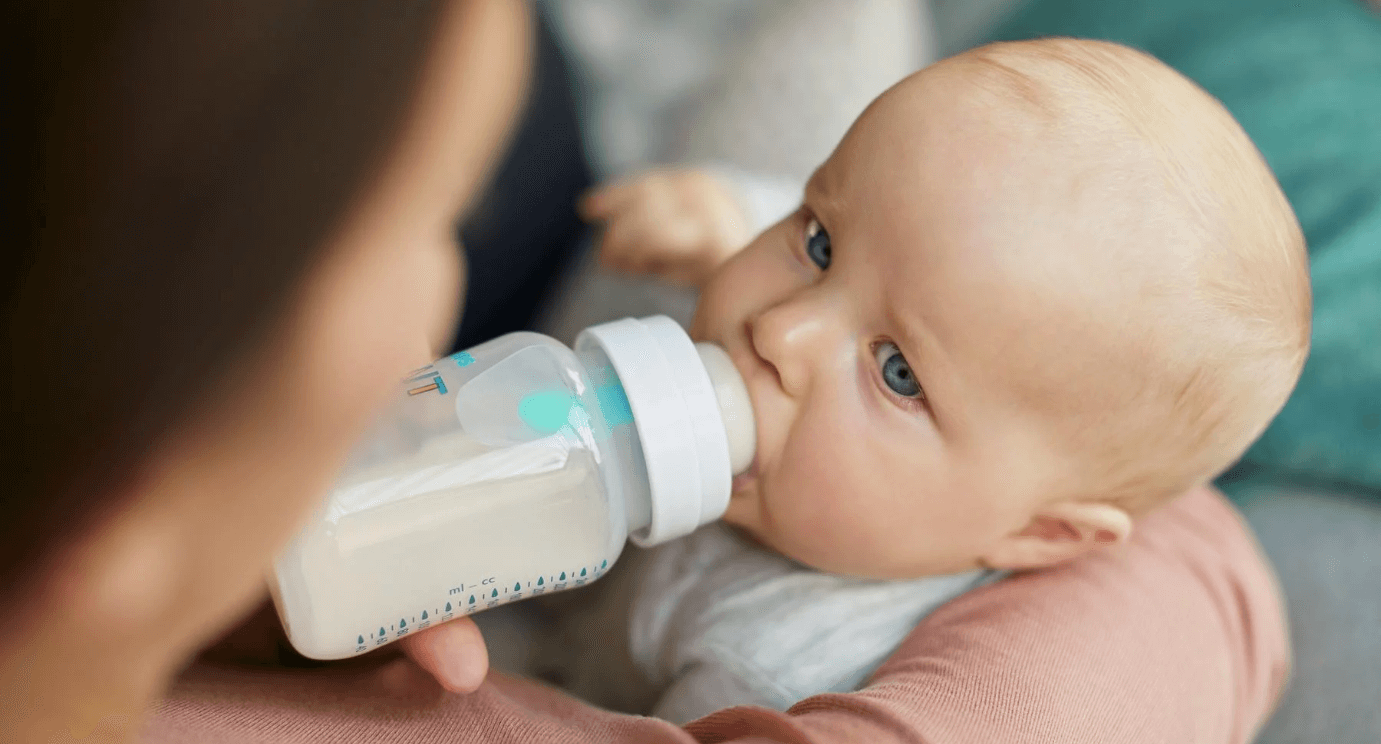Baby bottles are an important tool in any household with a baby. The bottles (especially the nipple) are designed to mimic the breast of the mother so that the baby can easily transition back and forth between breastfeeding and baby bottle feeding. To buy the right baby bottle, you have to consider factors like size, material, size, and brand. In this extract, we look at the basics of maintaining baby bottles.
How do you sterilize a baby bottle?
The go-to method of sterilizing baby bottles for most mothers is by boiling them. This is where you soak the bottle and all its components inside boiling water for a few minutes (mostly five). However, this method is not 100% effective when it comes to killing germs and bacteria. Therefore, the most effective way would be to use chemicals or steam sterilizers. However, make sure that the chemicals are approved for baby bottles.
When is the best time to sterilize your baby bottle?
This question has been subject to a lot of debate over the years. Some parents find it necessary to sterilize their baby’s bottles after each wash, while others do not. However, the truth of the matter is that there is no need to sterilize the feeding bottle all the time. The only time when it is mandatory to sterilize the feeding bottle is when the bottle is new, that is before the first use. However, it is not a bad idea to sterilize every once in a while after the first time.
The frequency and need to sterilize depends on the age of your baby. Smaller kids are more sensitive to infections and illnesses because their immune systems have not yet developed fully. Therefore, with such a baby, you may want to sterilize that baby bottle more often. Some experts recommend sterilizing once per week for kids that are below six months old.
How often should you clean your baby bottle?
The baby bottle should be cleaned after each use. It should also be emptied after each use of whether or not you plan to clean it immediately. Leaving milk and other treats inside the bottle could cause a curdle. The curdle could make the bottle harder to wash and breed bacteria and germs inside the bottle.
Also, if you have been on a trip or you have not used a bottle for some time, you have to clean it before using it. In such a situation, it may also be a wise idea to sterilize the bottle after washing.
Handwashing or dishwasher, which is better?
Most parents prefer handwashing overusing the dishwasher. The reason is that they can pay attention to the sensitive areas, and they can also make sure that the bottle is rinsed well. However, dishwashing is also a good idea. You, however, have to rinse the components of the bottle with running water before loading them. The small parts also have to be put inside mesh laundry bags or closed-top baskets, and the dishwasher has to be a hot water cycle.
Conclusion
If you own a baby bottle, you ought to make sure that the bottle is clean at all times. The nipple is the most sensitive part because it gets into direct contact with the baby’s mouth. The inside of the bottle is just as sensitive. Use a bottle brush to clean these two parts.
